|
Voiced by Amazon Polly |
Introduction
With the rise of cloud-based data platforms, organizations have a variety of options for managing, analyzing, and processing data. Among the leading solutions, Microsoft Fabric, Snowflake, and Databricks stand out as powerful platforms catering to different data needs. This blog will compare these three platforms, focusing on their architecture, key features, performance, use cases, and cost considerations, helping you determine which one best suits your business requirements.
Want to save money on IT costs?
- Migrate to cloud without hassles
- Save up to 60%
Overview of Microsoft Fabric, Snowflake, and Databricks
Microsoft Fabric
Microsoft Fabric is an end-to-end data analytics platform designed to unify data engineering, data science, and business intelligence within a single ecosystem. It integrates multiple services, including Power BI, Azure Synapse, and Data Factory, allowing businesses to manage their entire data lifecycle efficiently.
Key Highlights:
- OneLake: A centralized data lake that acts as the foundation for data storage, eliminating data silos.
- Direct Lake: A feature that allows seamless integration with Power BI, reducing data duplication and improving real-time analytics performance.
- Multi-cloud Capabilities: While primarily Azure-based, Fabric can integrate with other cloud environments and on-premises data sources.
- AI-powered Insights: Incorporates Microsoft AI models to enhance decision-making and analytics capabilities.
- Security & Governance: Comes with built-in Microsoft Purview for enterprise-grade security, governance, and compliance.
Snowflake
Snowflake is a fully managed cloud-native data warehouse built for scalability, flexibility, and ease of use. It is known for its separation of storage and compute, allowing organizations to scale up or down independently.
Key Highlights:
- Elastic Compute: Enables organizations to scale resources up or down dynamically without impacting performance.
- Multi-cloud Support: Available on AWS, Azure, and Google Cloud, ensuring flexibility in deployment.
- Data Sharing & Collaboration: Features Secure Data Sharing, allowing seamless data exchange across organizations without moving data.
- Time Travel & Cloning: Supports historical data access and easy duplication of datasets for analytics.
- Security & Compliance: Includes features such as role-based access control (RBAC), encryption, and automatic scaling to maintain efficiency and security.
Databricks
Databricks is a unified analytics and AI platform that combines big data processing with machine learning and real-time analytics. Built on Apache Spark, it is optimized for large-scale data workloads and AI-driven applications.
Key Highlights:
- Lakehouse Architecture: Combines the strengths of data lakes and data warehouses to provide structured, high-performance analytics.
- Apache Spark Engine: Utilizes a distributed computing framework for large-scale batch and real-time data processing.
- AI & Machine Learning: Includes built-in MLflow, an open-source platform for managing machine learning experiments and deployments.
- Delta Lake: Provides a robust transactional storage layer that ensures data consistency and reliability.
- Multi-cloud Flexibility: Runs on AWS, Azure, and GCP, offering interoperability across different environments.
- Security & Governance: Uses Unity Catalog for fine-grained data governance and management.
Feature Comparison
| Feature | Microsoft Fabric | Snowflake | Databricks |
| Data Storage | OneLake (Delta Lake) | Snowflake Storage | Delta Lake |
| Compute Engine | Power BI, Synapse | Snowflake Virtual Warehouses | Apache Spark |
| Data Processing | Lakehouse + Warehouse | SQL-based processing | Spark-based processing |
| AI & ML Support | Limited ML capabilities | Some ML integrations | Strong ML & AI support |
| Multi-cloud | Azure-native | AWS, Azure, GCP | AWS, Azure, GCP |
| Performance | Optimized for Power BI & analytics | High-speed querying | Best for big data processing |
| Security & Governance | Microsoft Purview | Built-in data governance | Unity Catalog |
| Best For | Analytics, BI, and enterprise reporting | Enterprise data warehousing | AI, big data, and real-time processing |
Performance Considerations
- Microsoft Fabric:
Optimized for analytics-driven workloads, Fabric performs exceptionally well in interactive reporting and real-time dashboards, especially through its tight integration with Power BI and Direct Lake. However, for very large-scale data transformations or complex ML models, it may not match the raw compute power of specialized platforms like Databricks. - Snowflake:
Snowflake delivers high concurrency and low-latency SQL querying, making it ideal for large numbers of simultaneous users and scalable business reporting. Its automatic scaling of virtual warehouses ensures consistent query performance even during heavy loads, though it may be less suited for complex, unstructured data or real-time event processing compared to Databricks. - Databricks:
Databricks excels in processing massive datasets with distributed, parallel computing using Apache Spark. It handles complex transformations, AI model training, and real-time streaming far better than traditional warehouses. However, SQL performance for simple ad-hoc queries can sometimes lag behind Snowflake’s optimized SQL engine unless tuning (e.g., materialized views, photon engine) is applied.
Cost Considerations
- Microsoft Fabric:
Microsoft Fabric pricing is closely tied to Power BI Premium Capacity or Azure-based Fabric SKUs. Costs primarily depend on the capacity units (CUs) purchased — higher CUs unlock more concurrent users and faster refresh rates.
Fabric also offers Pay-As-You-Go for flexible scaling and reserved capacity discounts for long-term commitments.
Key cost factors:- Power BI and Fabric compute are bundled, so you may “overpay” if you only need heavy data processing but minimal reporting.
- Storage in OneLake is billed separately under Azure Storage rates.
- Direct Lake reduces the need for data duplication, slightly optimizing storage costs.
- Snowflake:
Snowflake operates on a pure consumption-based model, charging separately for:- Compute (by virtual warehouse size and active time)
- Storage (per TB, compressed)
- Data transfer (egress charges if moving data outside Snowflake)
You pay only for the time warehouses are active (per-second billing), allowing fine-grained cost control. However:
-
- Running always-on warehouses can escalate costs quickly if not managed well.
- Features like Snowpipe (auto ingestion), Materialized Views, and Search Optimization Service incur additional charges.
- Concurrency Scaling adds costs if free credits are exhausted during sudden user spikes.
- Databricks:
Databricks pricing is based on Databricks Units (DBUs) — a compute measure billed per second — plus separate cloud infrastructure costs (EC2 instances for AWS, VMs for Azure, etc.).
Major cost drivers:- Interactive Clusters vs Job Clusters: Interactive clusters (for notebooks) tend to stay alive longer, consuming more DBUs.
- Photon Engine (accelerated query engine) can increase compute efficiency, lowering costs, but may require a premium license.
- Delta Live Tables, MLflow tracking, and Unity Catalog come with extra service charges based on usage.
- Auto-scaling and spot instances can help reduce compute costs, but inefficient pipeline designs may still cause cost overruns.
Choosing the Right Platform
- Choose Microsoft Fabric if your business relies on Power BI, Azure Synapse, and structured data analytics.
- Choose Snowflake if you need scalable cloud data warehousing with easy SQL-based querying.
- Choose Databricks if your focus is on big data, AI, ML, and real-time analytics.
Conclusion
Each platform serves different use cases: Microsoft Fabric for analytics, Snowflake for scalable warehousing, and Databricks for AI and big data. The best choice depends on your specific business goals, data complexity, and integration needs. Organizations often use a combination of these platforms to achieve optimal data management and analytics capabilities.
Train your workforce to leverage the cloud
- Contemplating Migrating Workload to Cloud?
- Here is a Hassle Free Solution
About CloudThat
CloudThat is an award-winning company and the first in India to offer cloud training and consulting services worldwide. As a Microsoft Solutions Partner, AWS Advanced Tier Training Partner, and Google Cloud Platform Partner, CloudThat has empowered over 850,000 professionals through 600+ cloud certifications winning global recognition for its training excellence including 20 MCT Trainers in Microsoft’s Global Top 100 and an impressive 12 awards in the last 8 years. CloudThat specializes in Cloud Migration, Data Platforms, DevOps, IoT, and cutting-edge technologies like Gen AI & AI/ML. It has delivered over 500 consulting projects for 250+ organizations in 30+ countries as it continues to empower professionals and enterprises to thrive in the digital-first world.

WRITTEN BY Mohan Krishna Kalimisetty
Mohan Krishna is a Subject Matter Expert at CloudThat. He has 10+ years of experience as a Power BI developer and he has worked on different projects and various technologies like Power BI, SQL Server, Azure Analysis Services, SQL Integration Services, Excel, etc. He has developed Visualization, Dashboard and reports using reporting tools. He loves training people on cutting-edge technologies.


 Login
Login


 June 17, 2025
June 17, 2025 PREV
PREV
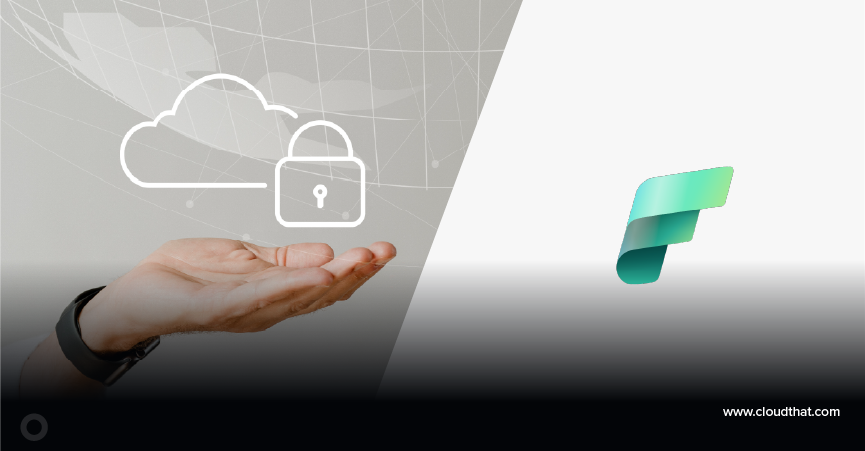


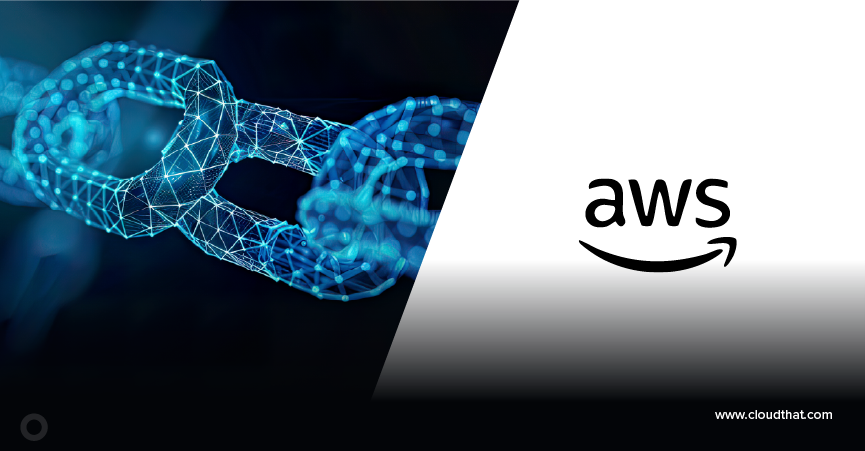
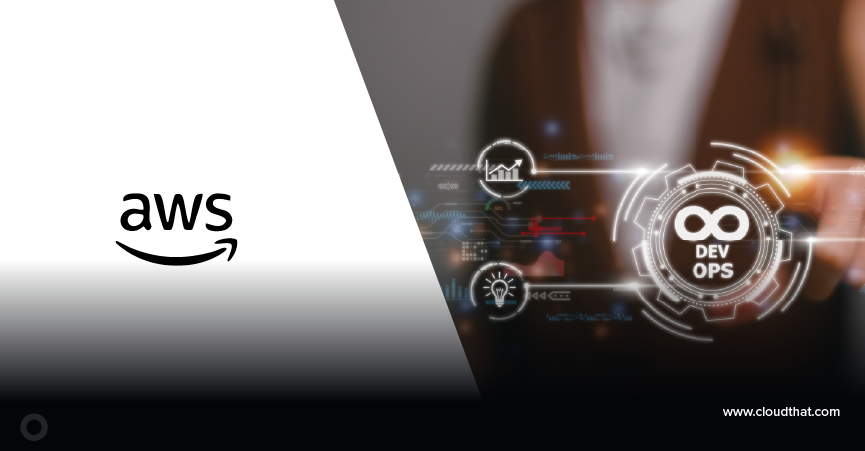
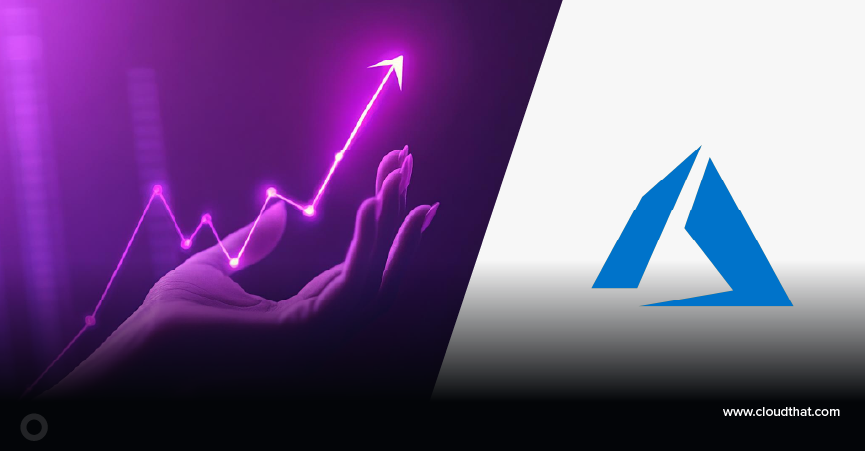
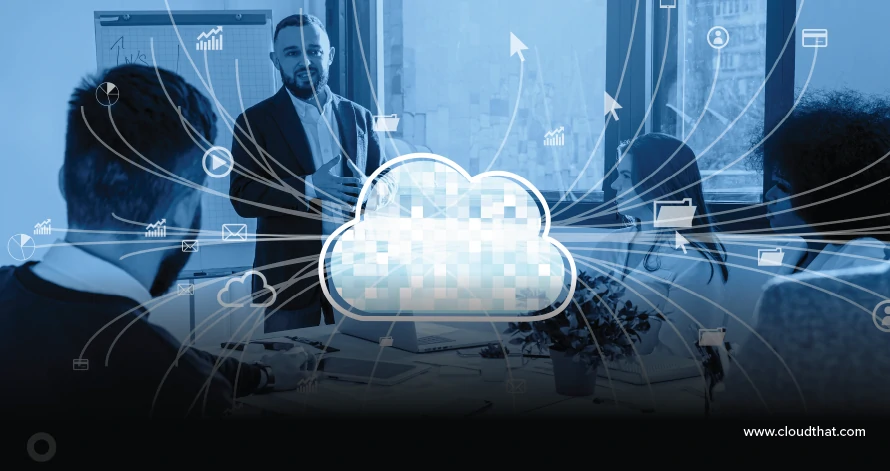



Comments